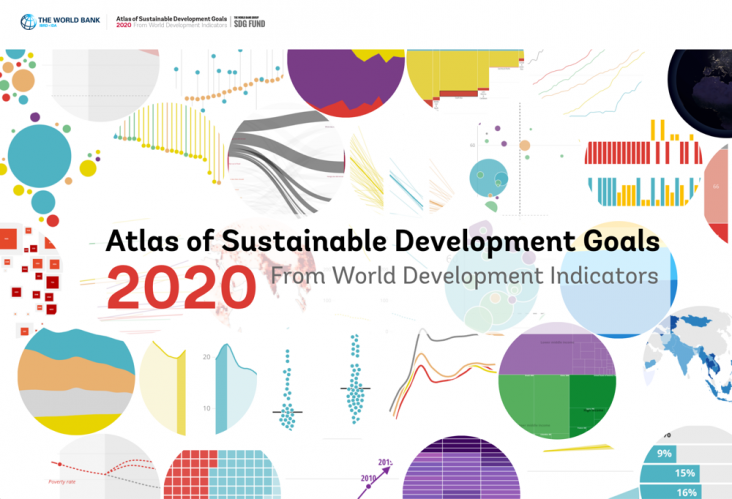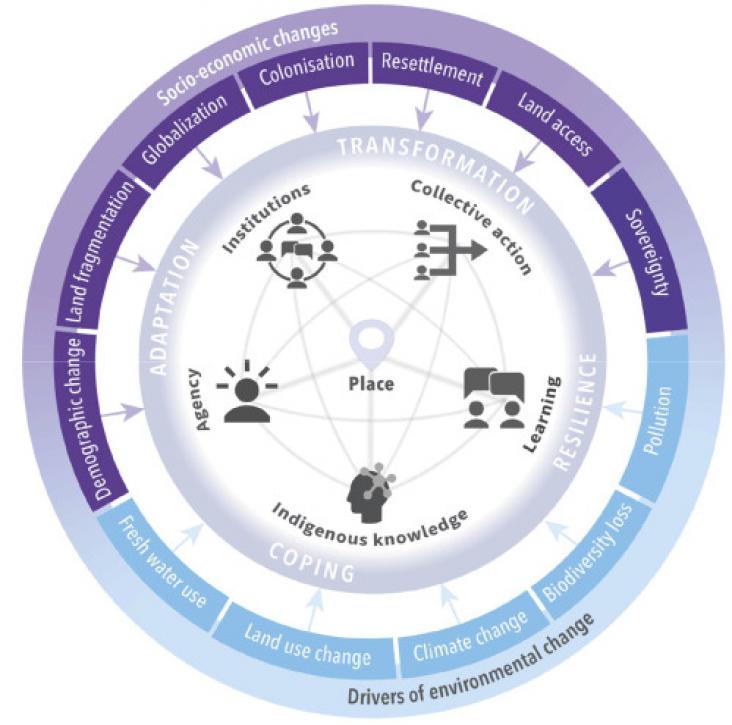Partner content
World Bank
The Atlas of Sustainable Development Goals 2020 presents interactive storytelling and data visualizations about the 17 Sustainable Development Goals.
Elsevier,
Reference Module in Earth Systems and Environmental Systems, Encyclopedia of the World's Biomes, 2020
This book chapter addresses SDGs 15, 12, and 11 by discussing the conservation of terrestrial, freshwater, and coastal/marine ecosystems, and how to identify global percent protection goals.
Elsevier,
Reference Module in Earth Systems and Environmental Systems, Encyclopedia of the World`s Biomes, 2020
This book chapter addresses goals 15, 13 and 11 by discussing how deserts are biodiverse places where life thrives in the extreme.
This book chapter advances SDGs 15 and 11 by looking at how island biogeography arose in the past and how it is now changing in the Anthropocene. Biogeography is determined by three processes: immigration, evolution, and extinction and in the Anthropocene, human impacts are increasingly more important to island biogeography.
This chapter advances SDG 6, 11, and 14 by providing avenues for the application of sustainable bio-based polymers in wastewater treatment and their role in removing pesticides, to support clean water, a healthy ecosystem, and sustainable consumption.
To be socially accepted widely, the emerging circular bioeconomy needs to rely increasingly on residual bio-based feedstock and waste, hence reducing its dependency on crops which are in competition w
Purpose and setting: Infrastructure is a global multi-trillion dollar market presenting many opportunities and risks for sustainable development.
In 2016, the World Health Organization declared that ‘Health is one of the most effective markers of any city's successful sustainable development’ (World Health Organisation, 2016).

Indigenous peoples globally have high exposure to environmental change and are often considered an “at-risk” population, although there is growing evidence of their resilience. In this Perspective, we examine the common factors affecting this resilience by illustrating how the interconnected roles of place, agency, institutions, collective action, Indigenous knowledge, and learning help Indigenous peoples to cope and adapt to environmental change.
Objective: The Minimata Convention on mercury includes amalgam phase-down and eventual phase-out from dentistry.
